► Second-gen Renault Captur review
► Petrol and diesels available
► Plug-in comes later
At first glance, the new Renault Captur looks an awful lot like its predecessor. But just like with the new Clio, there are massive improvements hidden under marginal styling tweaks – and there’s now also a hybrid model.
The previous generation car was very long in the tooth, but this refreshed one breaths crisp new air into the Captur range, catapulting it from a mid-table runner to a Champions League playoff position contender.
Despite what those mild looks suggest, the Captur is all new. It sits atop the latest CMF-B Renault platform (shared with the Clio) while the interior is posher and plusher – plus there’s a new set of engines. There’s even a plug-in hybrid variant.
There’s a lot of competition…
Certainly more than its predecessor. When the first Captur came along in 2013, it was pretty much only competing with the Nissan Juke. Now, there’s the Volkswagen T-Cross, Mazda CX-3, Peugeot 2008, Hyundai Kona, Skoda Kamiq – to name just a few.
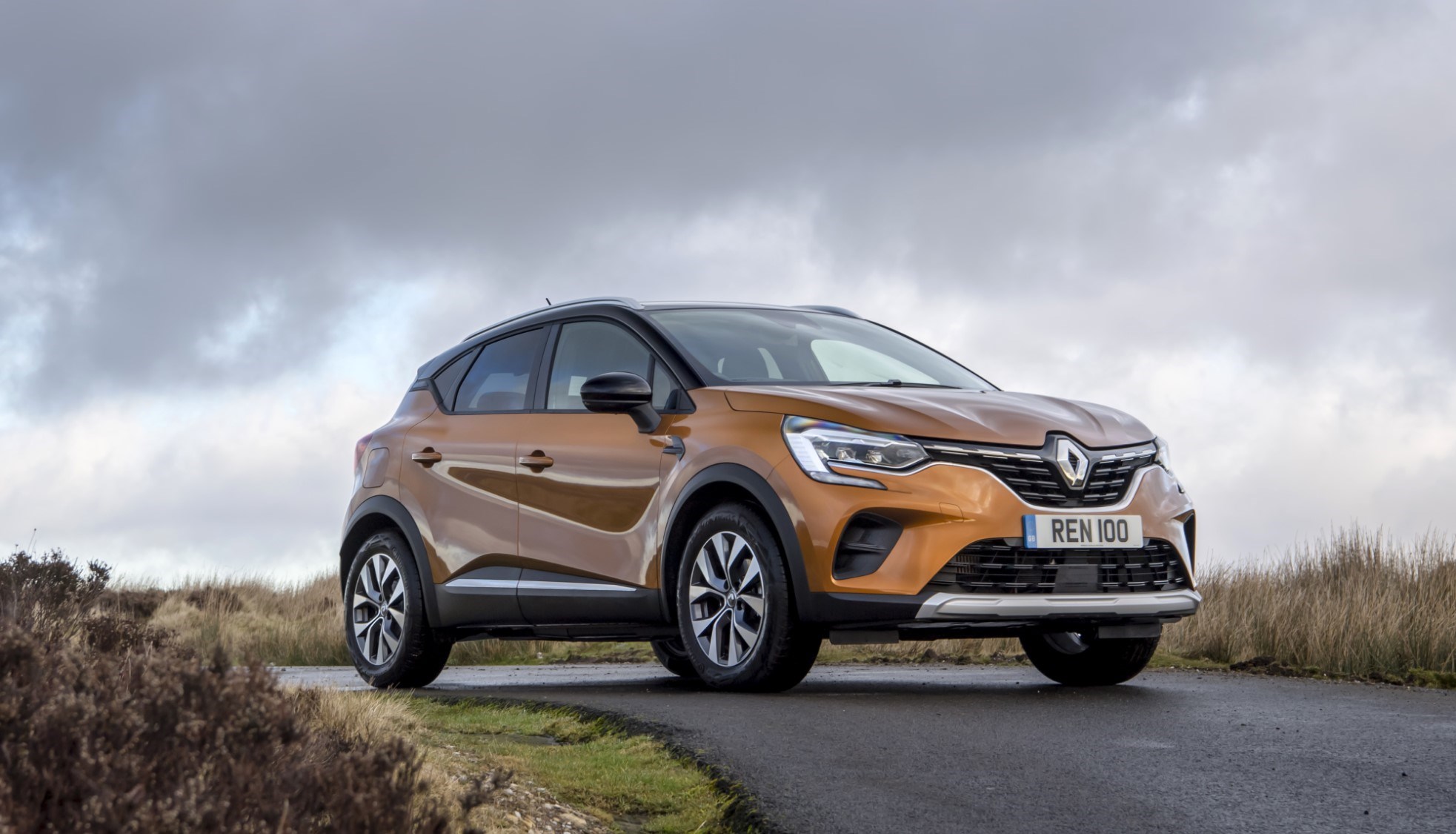
Renault hopes to stand out in a few ways. Styling is an obvious one – it might not be too different to the old car, but as compact SUVs go, it’s a real looker. It’s much more cohesive than some of its rivals, with bold lighting signatures (LED as standard, so even base models look smart) and stylish alloy wheels.
Most models have two-tone roofs and tastefully-applied chrome detailing, and the car’s whole stance is much more muscular and planted than it was before. Certainly less divisive than the likes of the Hyundai Kona or Nissan Juke – and dare we say, there’s more than a whiff of premium (whatever that is) about the Captur.
It’s also far nicer inside
This is where some of the most significant changes have been made, thanks to the donation of the latest Clio’s dashboard.
Gone from the old car are the horrid plastics and driving position where you sit on top of everything. You now get a proper driving position in very comfy seats (that look remarkably like ones you’ll find in a Volvo), swathes of soft materials across the dash and where you actually lean and poke around, and a suite of digital displays that make it feel suitably modern.
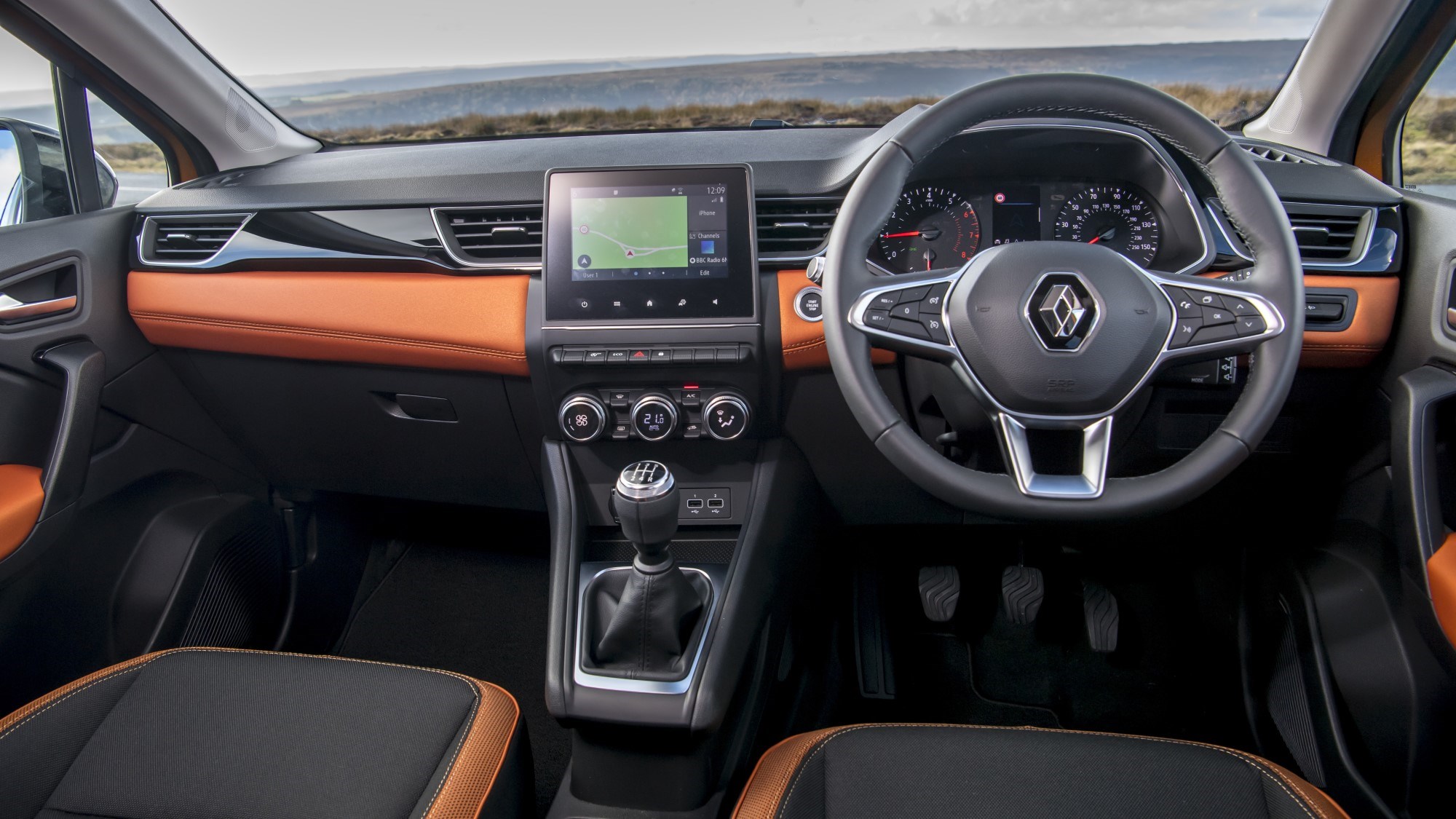
The digital dials are crisp and customisable with different themes based on the driving mode you’re in, while the largest 9.3-inch touchscreen media system comes packed with features – it’s a huge improvement over the old system and is very easy to use, if a little laggy at times when swiping between screens.
Lower-spec cars, however, get a lower-spec dash. The 7.0-inch infotainment screen is still fine, surprisingly – it’s the equal of most rivals and still gets Apple CarPlay and Android Auto to allow you to bypass its interface. They also get traditional dials, which are still fine by us.
There’s more room, too
It would be a bit of a backwards step if there wasn’t more space on offer, and the Captur’s a good fit for small families. That jacked-up ride height is good for easy access, the rear bench slides back and forth depending on whether you want more legroom or a bigger boot, and there’s a double-height boot floor.

Up to 536 litres of space is on offer if you slide the seats forwards. That’s impressive when you consider the Skoda Kamiq’s boot is 400 litres in size, but that does mean there’s no legroom in the back. However, even with the seats all the way back, it’s a bigger space with 422 litres.
What’s under the bonnet?
A selection of petrol and diesel engines, as well as a plug-in hybrid. Things kick off with a 1.0-litre TCe 100, which has just 99bhp and 118lb ft. While 13.3 seconds to 62mph is definitely slow, if you give this engine a good boot it’s surprisingly tractable. Majority town users will be more than happy with the power on offer, and it’s not above the occasional motorway jaunt either.
It’s spoiled by a notchy five-speed manual, though, so we’d go for the 1.3 TCe 130 instead. 128bhp and a much chunkier 177lb ft come from four cylinders, rather than three – so it’s both smoother and more powerful, albeit slightly more droning at speed. A six-speed manual is standard, but you can opt for a seven-speed dual-clutch auto, badged EDC.
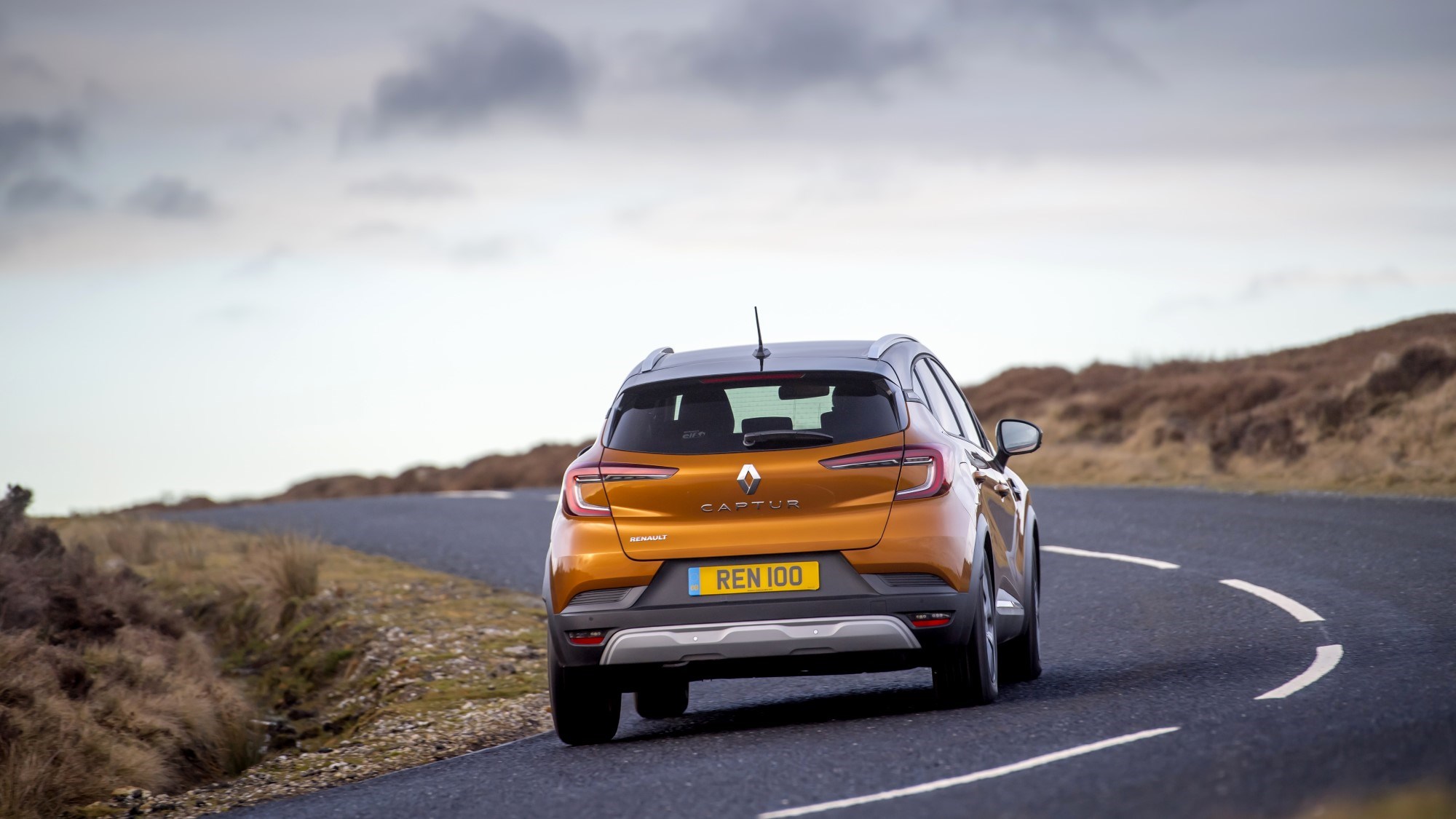
There’s also a TCe 155 which feels a bit unnecessary in a car like this, plus the EDC-only setup means you have to put up with what can be quite a frustrating combination and not a huge amount more performance.
These petrol options mirror the Peugeot 2008 exactly in terms of power – no accident, we suspect. The Pug’s units are more pleasant to drive, though, being based on the same brilliant 1.2-litre PureTech three-cylinder. It also gets a six-speed manual right from the base variant, and the automatic is a far superior eight-speed torque converter.
On the diesel side you get a 1.5-litre in a choice of 94bhp or 113bhp forms, the latter of which comes with a choice of manual or auto. Of course, economy will be key here.
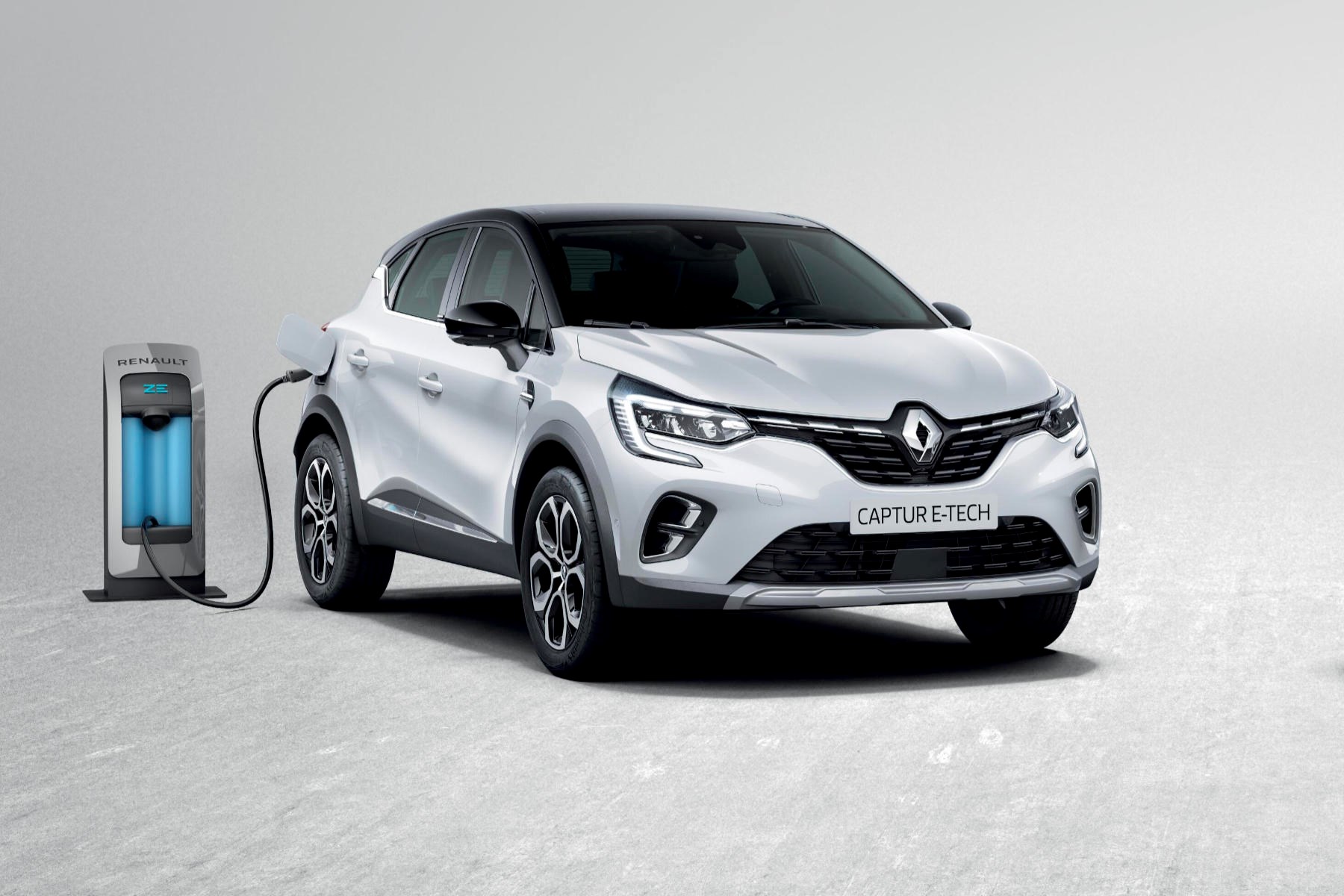
The Captur’s range has expanded to include a plug-in hybrid option using a new 1.6-litre petrol in combination with an electric motor. Key figures here are a total output of 160hp, and a 28-mile battery-only range. It’s essentially a larger-batteried version of the non-plug-in Clio E-Tech.
How F1 hybrid tech boosts the new Renault Clio’s mpg
How does it drive?
Very well, actually. It’s a very mature feeling crossover, with a new electric steering setup that feels more natural and fluid, very good body control and an impressive ride on 17-inch alloys. The driving position helps this feel as well, with a high-set gearlever and adjustable driving position to help you actually feel like you’re sitting in the car, and not on it.

Refinement is good, too, with the engines only getting vocal when you really rev them out, but who does that in a little crossover?
More importantly, a selection of driver assistance tech has been thrown at the Captur, most important of which is the Highway & Traffic Jam Companion. This basically uses adaptive cruise with stop and go function as well as various lane-keeping aids to keep you in place. It works well, and once you’ve learned where the buttons all are to control it, is easy to use.
Verdict
Sure, compact crossovers rarely set the world alight and this is no exception. However, if you’re in the market, the Captur is right up there as one of the very best choices.
To get the full feel of the new model’s changes, you’ll need one of the highest-end trim levels. That’s no hardship though, because this car is remarkable value – it’s cheap to buy outright and an absolute bargain on standard 0% finance. In terms of car for your cash, the Captur nobbles just about all of the competition.
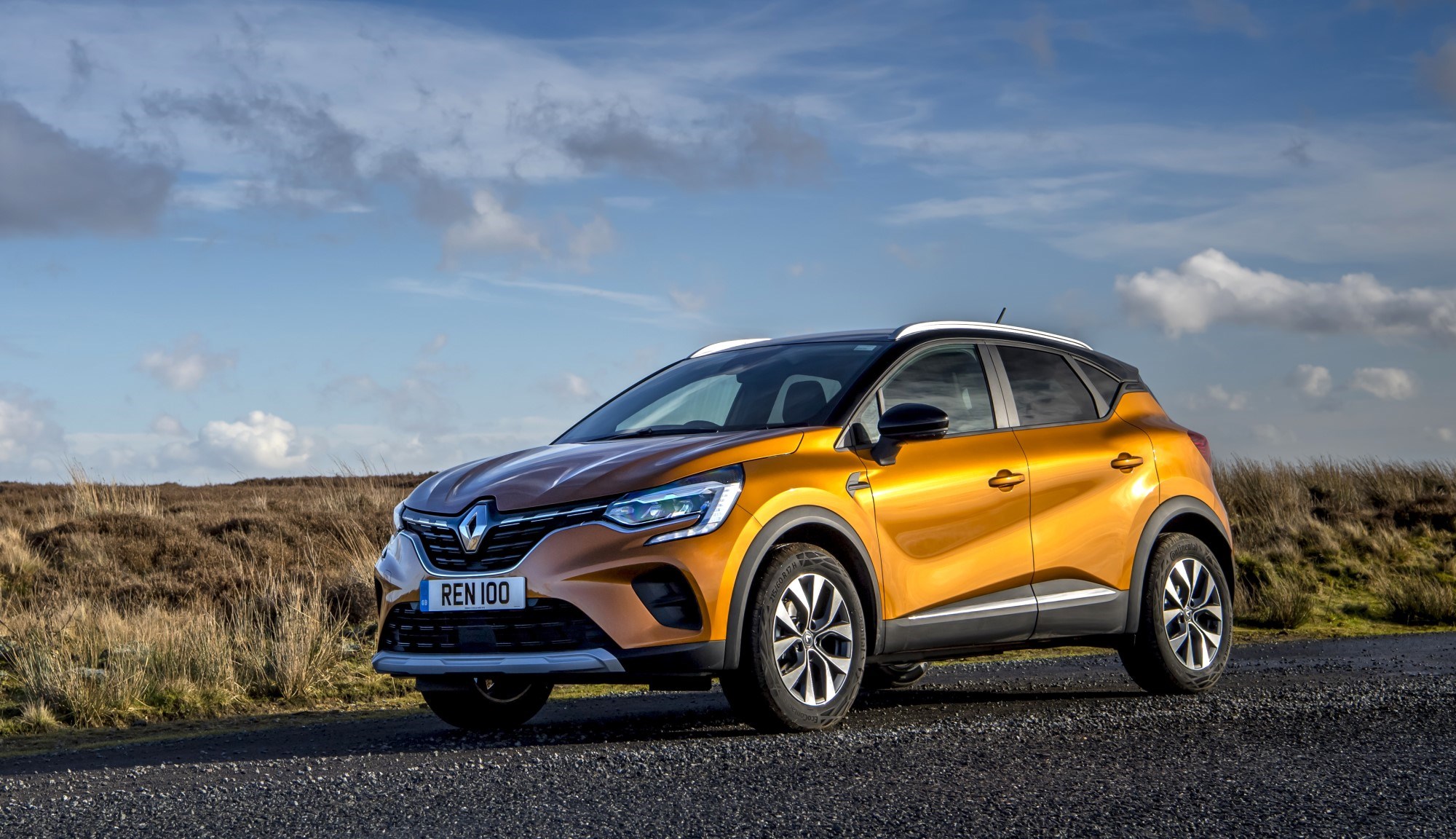
Less than £22k will get you into a high-spec S Edition with our preferred TCe 130 engine – far cheaper than an equivalent Mazda CX-3 or Peugeot 2008 with the same equipment. And if you can manage with the TCe 100, you’ll save even more dough.
The new tech on board all works very well, and the interior’s a massive step up over the previous model – it’s up there with the 2008 as one of the best crossover cabins you can buy.
If you want a small SUV, the Captur should be right near the top of your list.